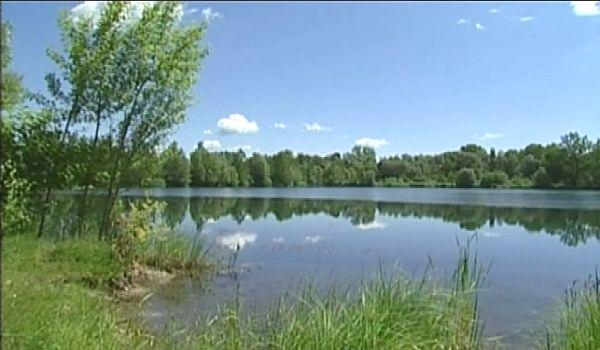
Like much of Europe, Slovenia is dotted with old mills. For centuries, these venerable structures played a key role in supplying the populace with fresh bread. However, several of the mills in Slovenia’s eastern Pomurje region were different from most: They floated on the Mura River.
The first floating mills on the Mura appeared in the 4th century, before the arrival of the Slavs to what is now Slovenia. Their design was ideal for an era that was frequently affected by flooding, which would have proved devastating for traditional mills. The genius lay in the design: Floating mills rose along with the water level and remained safe even floods threatened other structures. Some could even be moved to a different spot on the river. (A number of mills were eventually lost to ice floes, fires -- caused by the candles used to provide illumination --, and other mishaps, but most proved to be surprisingly durable.)
In the late 18th century, 69 mills were active on what is now the Slovenian stretch of the Mura. Some were so small that they served only a single family, while others produced flour – from wheat, corn, rye, and buckwheat --for customers far beyond the banks of the river.
Advances in transportation and technology, primarily the arrival of electricity, eventually reduced the number of floating mills on the Mura from their peak number of 94. At the end of World War II, the German army destroyed many of the mills. The changed circumstances of the postwar era eventually doomed most of the rest.
Today, just two floating mills survive on the Slovenian stretch of the Mura – one near the village of Ižakovci, and a smaller mill – the Babič Mill –near the village of Veržej. The former was built in 1999 based on a traditional design, while the latter has been operated by the Babič family since 1925. Because both are still active, visitors get a chance to see how flour was once made; they can even buy some traditional flour to use at home.
The two mills help to keep alive a tradition that once served as a source of income – and food—for thousands of people in the Pomurje region, and shaped countless generations of its people.

































































